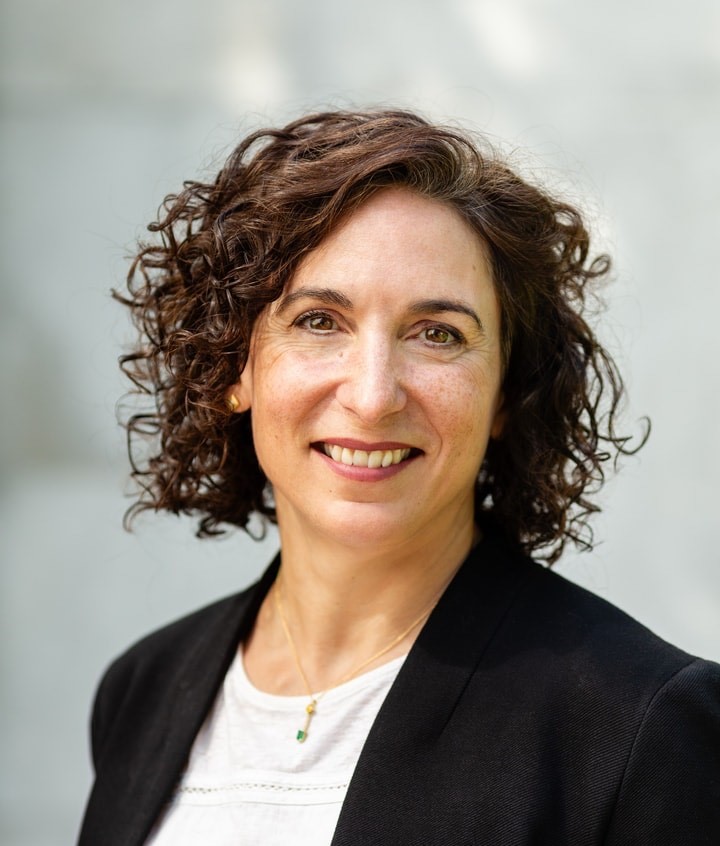Review of The Cat I Never Named: A True Story of Love, War, and Survival
This suspenseful memoir, set between 1992 and 1998, opens just before the author’s northwestern Bosnian town of Bihać is changed by war. Serbians (who’ve had warning) evacuate overnight, schools and businesses abruptly close, and the town’s remaining Muslim population is under siege by Serbian soldiers. Amidst this turmoil, a stray calico cat follows sixteen-year-old Amra home.
 The Cat I Never Named: A True Story of Love, War, and Survival
The Cat I Never Named: A True Story of Love, War, and Survival
by Amra Sabic-El-Rayess with Laura L. Sullivan
High School Bloomsbury 384 pp. g
9/20 978-1-5476-0453-1 $19.99
e-book ed. 978-1-5476-0455-5 $13.99
This suspenseful memoir, set between 1992 and 1998, opens just before the author’s northwestern Bosnian town of Bihać is changed by war. Serbians (who’ve had warning) evacuate overnight, schools and businesses abruptly close, and the town’s remaining Muslim population is under siege by Serbian soldiers. Amidst this turmoil, a stray calico cat follows sixteen-year-old Amra home. Amra calls the stray Maci, the Bosnian word for cat, and the cat comforts and even, in a sense, protects Amra: for instance, because she chases Maci on the way home from school, Amra avoids a sniper attack. Amra comes to believe the cat is a guardian angel or benevolent spirit. She details her family’s gradual decline, as they endure poverty and malnutrition under siege for three years, and finally her own move to the U.S. on an academic scholarship. Though she never shies away from difficult topics such as the threat of rape, feeling forgotten by the international community, or post-war corruption, she always brings the story back to Maci, a metaphor for love that “never dies” and “withstands distance and time.” This fast-paced, touching memoir reminds readers of the significance of the Balkan ethnic war and places it into a larger conversation about the ways in which ethnically and religiously diverse societies are under threat from extremism and bigotry. An author’s note and resource list encourage further engagement.
From the January/February 2021 issue of The Horn Book Magazine.

RELATED
ALREADY A SUBSCRIBER? LOG IN
We are currently offering this content for free. Sign up now to activate your personal profile, where you can save articles for future viewing.







Add Comment :-
Be the first reader to comment.
Comment Policy: